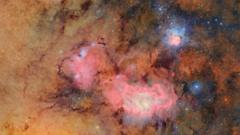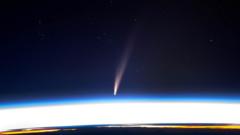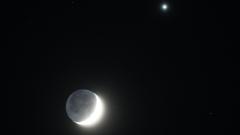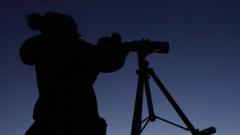Just in time for Halloween, astronomers are abuzz with discoveries surrounding two remarkable black holes. One black hole has gained notoriety as a “serial killer,” poised to consume its second star in five years, while the other resides in a peculiar triple system that includes a black hole, a configuration thought implausible according to traditional astrophysics.
The unyielding nature of black holes, which emerged from Einstein's theory of general relativity over a century ago, has intrigued the scientific community. Today, astronomers estimate that our galaxy, the Milky Way, harbors millions of these enigmatic entities—remnants of stars that have exploded and collapsed under their own gravity. Moreover, it is now understood that nearly every galaxy contains a supermassive black hole at its core, with mass equivalent to millions or billions of suns.
The first black hole, dubbed a 'killer,' was identified five years ago when astronomers detected a flare originating from a distant galaxy located 215 million light-years away. This flare corresponded to a star that ventured too close to a supermassive black hole, initiating a catastrophic event known as a tidal disruption event (TDE) named AT1910qix. Over five months, this black hole's gravitational pull disintegrated the star, extending its remains into a ring that encircled the black hole. Portions of this stellar debris either spiraled into the black hole while others dispersed, creating a significant disc.
Currently, the remnants of this disc have expanded far enough to affect the orbit of another star. Every 48 hours, this star passes through the debris, triggering brilliant bursts of X-rays and other high-energy radiation. An international coalition of astronomers, led by Matt Nicholl from Queen’s University, Belfast, has been monitoring these developments with various space-based telescopes including the Chandra X-ray Observatory and the Hubble Space Telescope. Their findings have been published in the esteemed journal Nature.
In a parallel development, the prospect of a black hole triplet presents a tantalizing conundrum. Previous models did not anticipate such a trio, igniting debates among astrophysicists regarding the dynamics and evolution of such systems. These revelations pitch astronomy deeper into the complexities of cosmic interactions, paving the way for future studies and deeper understanding of the universe.













